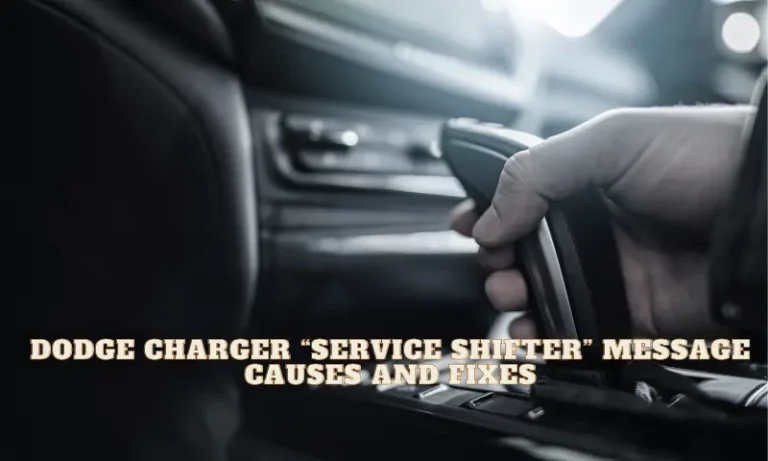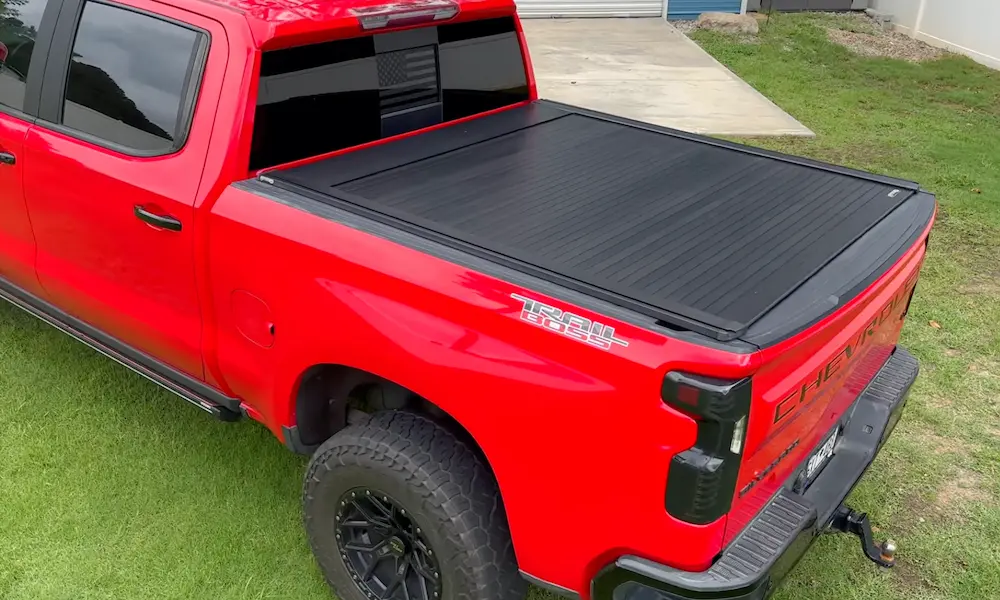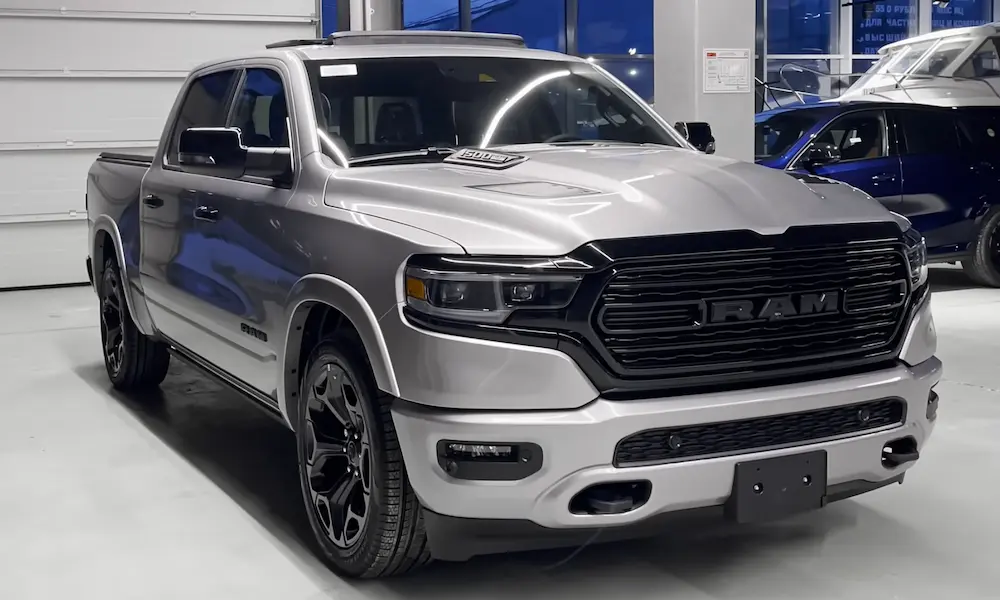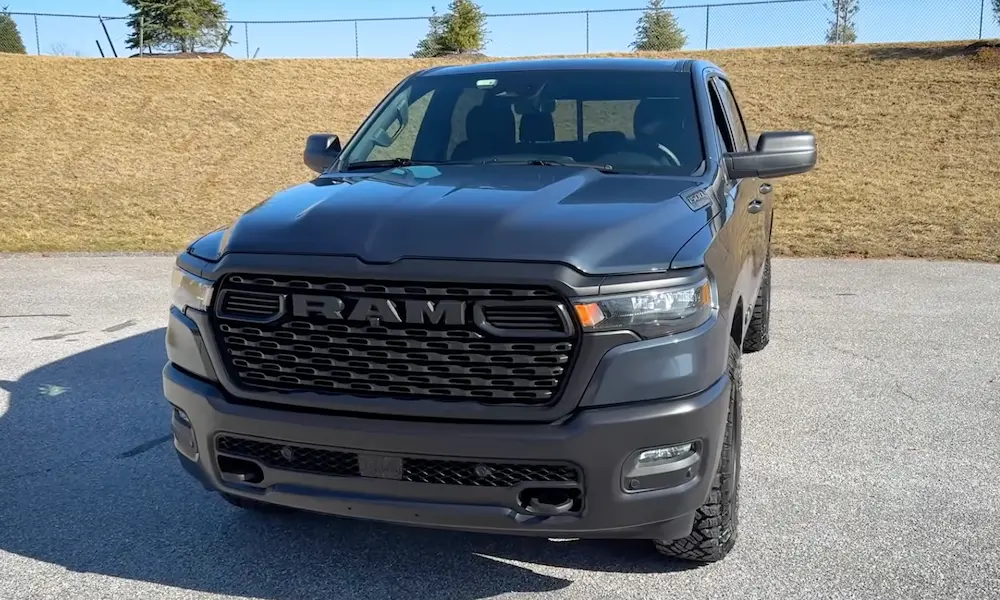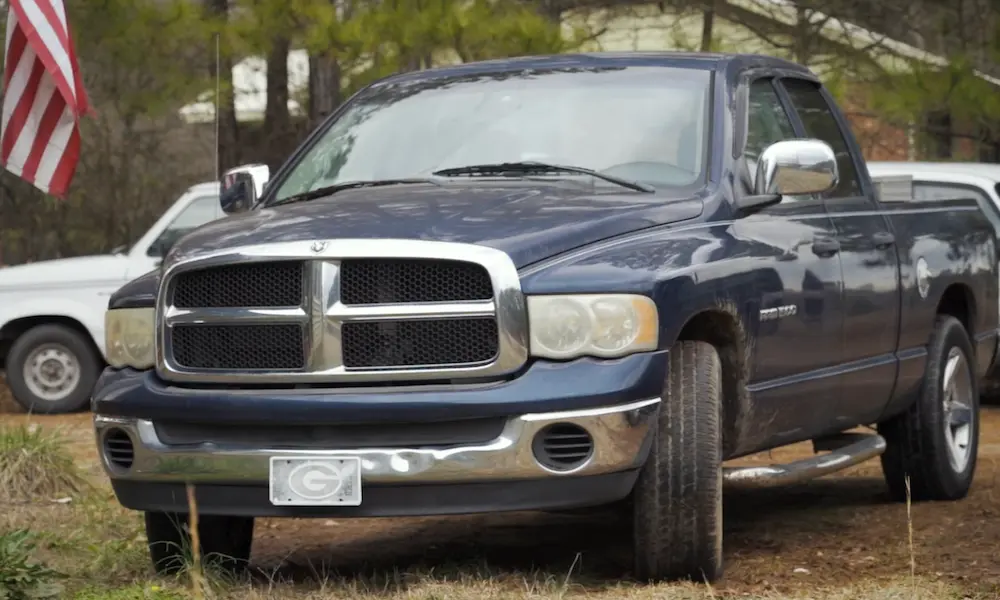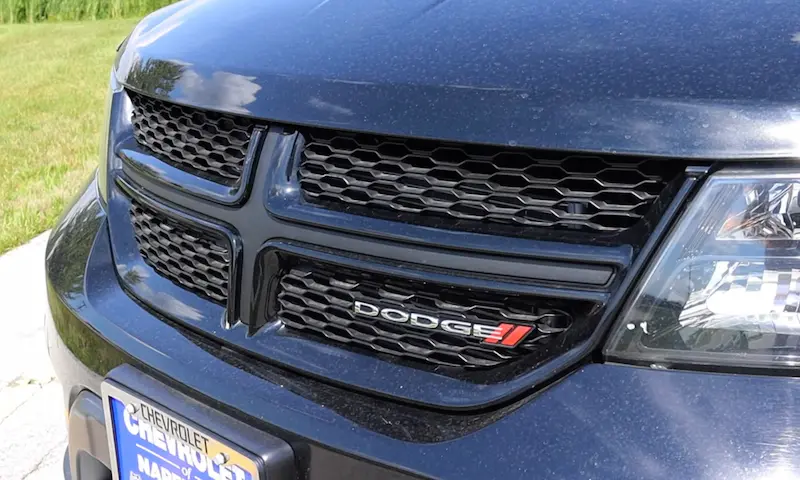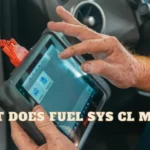Sometimes when you start your Dodge Charger, the engine light can come on with the message “Service Shifter”. When that happens, the vehicle doesn’t come out of park or gear one, which can be frustrating.
It’s even worse when you don’t know the cause or where to begin. If this is new to you, don’t panic, we may have a way to help. Below is what might have caused the problem and how you can fix it.
What Triggers the Dodge Charger “Service Shifter” Message?
There are numerous triggers of the Dodge Charger “Service Shifter” message. Generally, it could be an electrical issue or a dead shifter mechanism. Other notorious issues include an incorrect shifter installation, a fault code in the ECM, or a loose connection on the DTCM.
Let’s break it down for you:
An Electrical Problem
Your “Service Shifter” message could be a wiring issue. A wire leading into a connector may be broken or loose. That may prevent the engine or transmission controller from receiving a signal from the shifter. Also, the electrical problem could be rodent damage. That’s particularly common if you have an infestation in your garage. It can also be as simple as wire rubbing or chaffing, interfering with the smooth electric current flow.
Quick Fix: Remove the shifter cover and try wiggling the wires on the shifter assembly. See whether the gear shifts. If it doesn’t, look carefully at the connections for any broken or loose wires and fix them. Ensure that the wiring harness is routed correctly and securely and that the wires aren’t chaffing.
Faulty Shifter Mechanism
A fault in the shifter mechanism can develop suddenly or gradually without your knowledge. So, you might have traveled over 100 miles like yesterday without a hiccup. The following day, you realize the shifter doesn’t work, meaning a problem was building up inside, unknown.
Quick Fix: You must replace the shifter mechanism and then program it. That might cost you at least $400. Ensure you take a repair shop that deals with Dodge Charge shifters. Your local mechanic may be unable to sort out this kind of problem.
Incorrect Shifter Mechanism Installation
If you recently had a shift mechanism installation service, your mechanic probably didn’t do a thorough job. Your dealership can also make this mistake when you take your car to replace the shifter and its wires.
The worst thing is that you often don’t notice it immediately. You’ll probably drive off and make it home, and the dreaded “Service Shifter” message will reappear. It might force you to shut the engine off in run mode because the gear doesn’t shift into the park.
How to Fix: Take the vehicle back to the mechanic or dealership. Let them check and see what they didn’t install properly and fix it.
Fault Codes in the Engine Computer
After replacing the shifter, your Dodge Charger’s computer could still be thinking that the component is faulty. Everything is working fine, but the “Service Shifter” light doesn’t disappear on your instrument cluster. In that case, we recommend you implement the solution below.
How to Fix: Reset the memory in the Electronic Control Unit (ECU) and see if the light goes off. Many experts suggest removing the negative battery terminal for at least 30 minutes. That may not reprogram the computer. Disconnecting the battery and leaving it overnight might be your best bet. You can even try to mess with everything related to power, such as leaving the headlights on. The light may turn off once you reconnect power the following day.
Loose Connect on the PCM
A loose connection on the Power Control Module (PCM) can show different symptoms before transitioning into a severe shifter issue. Alarms usually pop up, always starting with the “service shifter”. Next, you see the “service electronic throttle control” and the “service electronic stability control”. Before you know it, wipers start running, and you lose power steering. You’ll ultimately see, “Continue in drive, do not shift or turn off the engine; you may be unable to restart”. And the prediction will finally come true when you least expect it.
How to Fix: Find the PCM inside the engine compartment on the passenger’s side close to the windshield. Take care of the loose connection issue on PCM, and your Dodge Charge will be alright.
Note: An intermittent short in the alternator can trigger the “Service Shifter” message. If that happens, you must replace the alternator and the battery according to some mechanics. Additionally, sometimes a faulty alternator can damage the PCM. In this case, you would need a PCM replacement as well.
FAQs
Can Resetting ECU Harm My Dodge Charger?
Resetting ECU does not harm your Dodge Charger. It only erases the computer’s memory, which can resolve some issues you may be facing. Please note that ECU reprogramming may not be a permanent solution to your problem; take your car for a check-up as soon as possible.
Is the “Service Shifter” Message Common Among Dodge Chargers?
The “Service Shifter” message is not a common problem among Dodge Chargers. The Chargers are relatively reliable vehicles, but like all other models, they are not perfect. Common issues owners report includes brake problems, engine stalling, and sometimes, early engine failure.
How Easy are Dodge Chargers to Fix?
To know how easy dodge chargers are to fix, check out the dodge charger reliability rating. The model’s rating on most reviews is, on average, 3.5 out of 5.0 in terms of average yearly repair cost and other parameters. Its greatest strengths include a powerful engine, a user-friendly infotainment system, a masculine profile, and generous seating space.
Conclusion
The Dodge Charger “Service Shifter” message is one of the worst error codes you can encounter. That’s because the error can render your vehicle immobile. We have discussed five potential causes of the issue and a solution for each.
You can carry out some diagnoses and implement the solutions at home. However, some problems are complex and require the expertise and precision of a qualified professional. Hopefully, you’ll be able to resolve this problem quickly and get your Dodge Charger back on the road!

